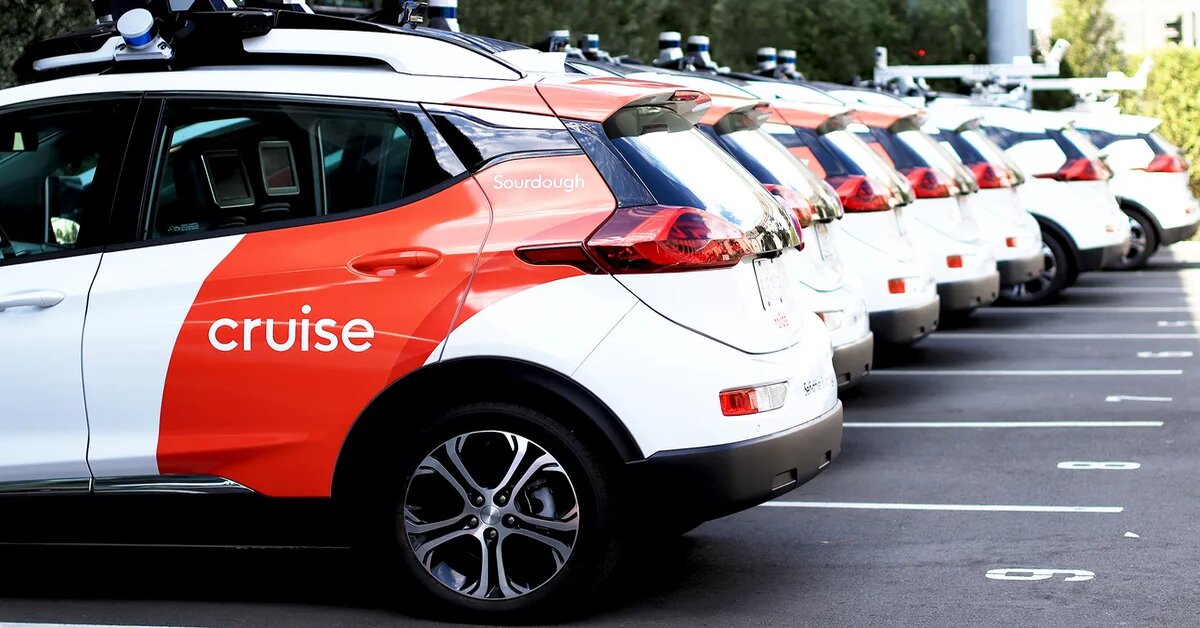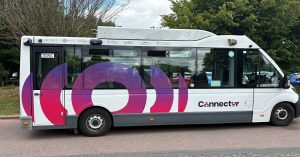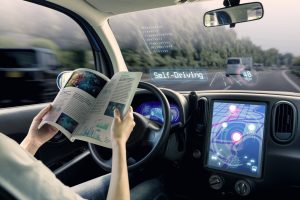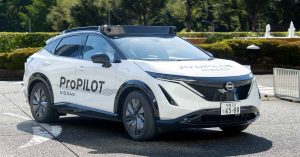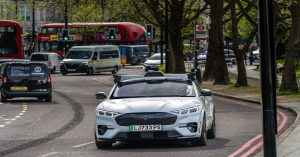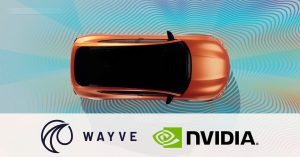General Motors (GM) recently announced that it is halting development of its Cruise robotaxi unit, citing high operational costs and challenges in sustaining the driverless ride-hailing business.
Cruise’s journey in San Francisco, where it began operating autonomous vehicles in 2021 and introduced paid services in 2022, was fraught with difficulties. The vehicles faced criticism for traffic disruptions, unexpected hard braking, and other operational mishaps. These issues prompted the National Highway Traffic Safety Administration (NHTSA) to initiate a preliminary investigation into Cruise’s self-driving cars in December 2022.
The most severe incident occurred on October 2, 2023, when a Cruise vehicle hit a pedestrian. The individual became trapped beneath the car, which then moved to the side of the road, dragging the victim approximately 20 feet at low speed. The pedestrian sustained serious injuries. In response, the California Department of Motor Vehicles suspended Cruise’s operating permit, leading the company to pause its services in Phoenix, Houston, and Austin, Texas.
Despite these setbacks, GM’s CEO Mary Barra expressed continued support for Cruise as recently as January 2024. In April, Cruise resumed operations in Phoenix for mapping purposes but faced further challenges in August when it had to recall its vehicles due to a software defect causing sudden braking.
Over the years, GM invested heavily in Cruise, pouring more than $10 billion into the subsidiary. However, the company concluded that additional resources would be required to maintain and grow the robotaxi business. “Launching and operating a robotaxi business is expected to require a significant amount of incremental time and capital beyond the $10 billion we have already invested,” Barra explained during a recent conference call. “A robotaxi business is not General Motors’ core business.”
Industry experts see GM’s decision as a reflection of the challenges inherent in autonomous driving technology. “GM’s move to shut down Cruise after investing over $10 billion underscores the harsh realities of autonomous vehicle development,” said Dev Nag, CEO of QueryPal, an AI-driven customer support firm. “Even substantial funding cannot guarantee success in navigating real-world complexities and ensuring public safety.”
Competition in the autonomous ride-hailing space has also intensified. Waymo operates services in cities like San Francisco, Los Angeles, and Phoenix, with plans to expand to Miami in 2025. Uber and Waymo are collaborating to launch robotaxi services in Atlanta and Austin next year. Lyft, in partnership with Motional, offers autonomous rides in Las Vegas and is set to introduce similar services in Atlanta alongside May Mobility. Meanwhile, Tesla’s CEO Elon Musk recently unveiled the “Cybercab,” a prototype designed for driverless trials of its Model 3 and Model Y vehicles in California and Texas starting in 2024.
While GM is closing the chapter on Cruise’s robotaxi ambitions, it plans to utilize Cruise’s autonomous technology expertise to enhance its existing driver-assistance system, Super Cruise. This advanced driver-assistance software is available on select GM vehicles and remains a key part of the company’s strategy for integrating automation into its core offerings.

